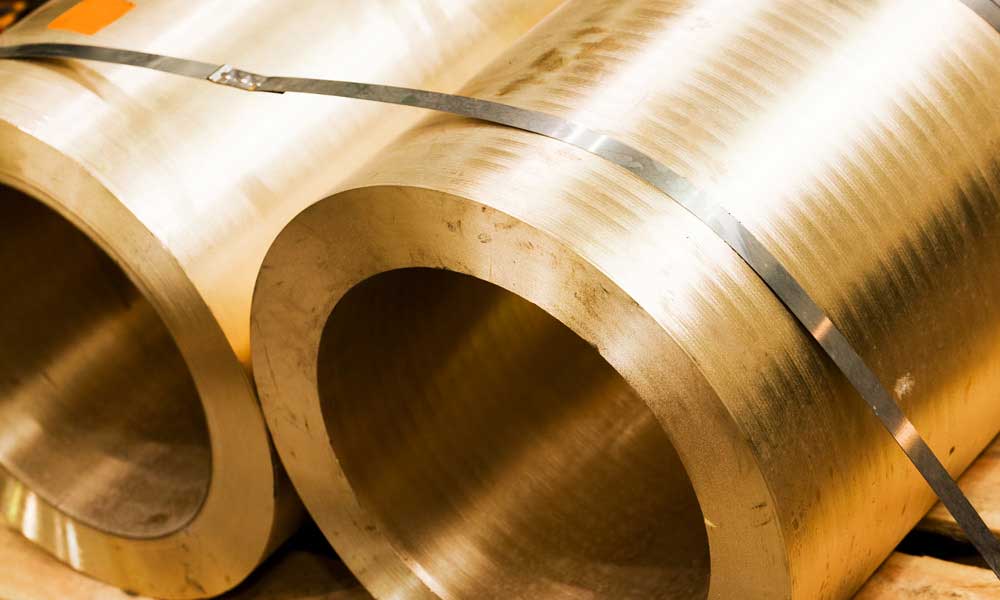Alumina Bubble Brick: ultra-light, high-strength, high-refractoriness refractory brick with unique hollow ball structure, suitable for industrial furnaces ≥1800℃.
Poly light-weight Alumina brick: low density, high mechanical strength, good refractoriness, strong slag resistance, and thermal shock resistance.
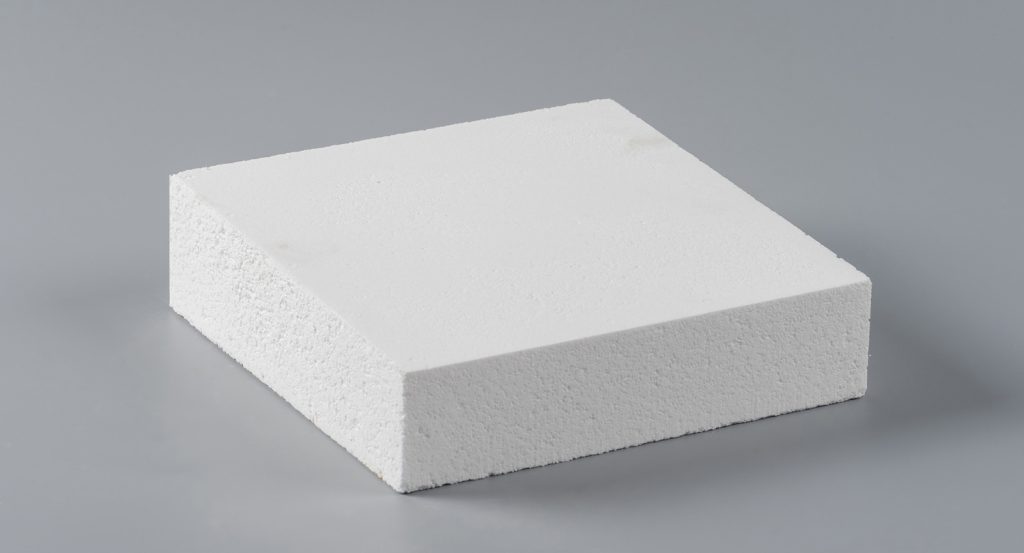
Core Features Comparison
| Items | Alumina Bubble Brick | Poly light-weight Alumina brick |
| Raw Material | High pure alumina(Al2O3 90%~99%) | bauxite clinker(Al2O3 48%-72%) |
| Structure | Closed-cell micro bubbles (evenly distributed) | Mainly open pores(Open Porosity 66%-73%) |
| Bulk Density | 1.3–1.9 g/cm³ | 0.5–1.3 g/cm³ |
| Work Temp | 1750–1800℃ | ≤1350–1600℃ |
| CCS | 3–30 MPa | 1.3–8.1 MPa |
| Thermal Conductivity | 0.9–1.2 W/(m·K) | 0.2–0.6 W/(m·K) |
| TSR | (1100℃ ~ Cold Water ) 15 Cycles | open-pore structure buffers stress |
| Chemical resistance | Acid & alkali resistantstable in reducing atmosphere | Avoid strong alkaline environmentaverage resistance to acid erosion |
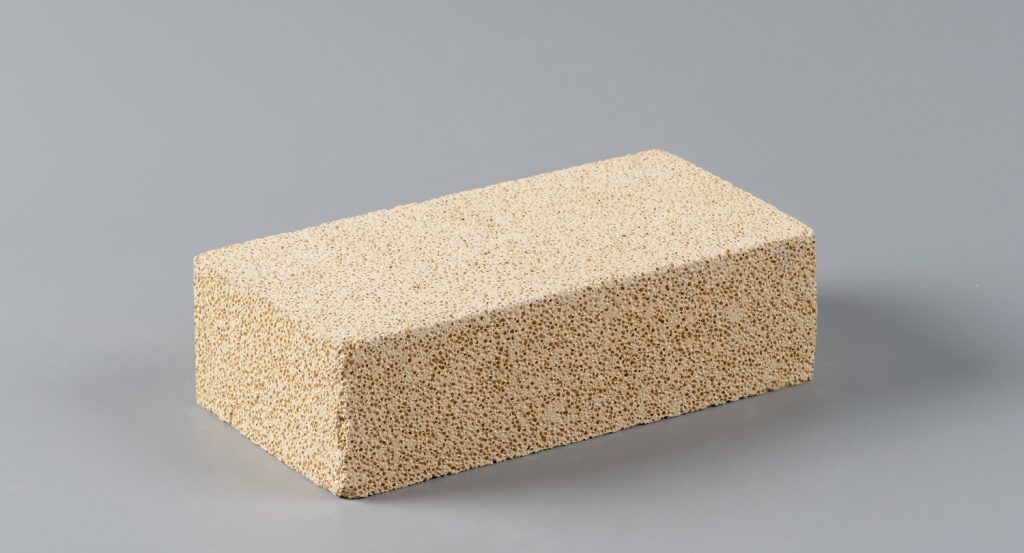
Differences in production processes
| Process | Alumina Bubble Brick | Poly light-weight Alumina brick |
| Molding method | High pressure sintering or vacuum grouting | Foam method/gas generation method |
| Firing temperature | Above 1750℃ high temperature sintering | 1300–1500℃ sintering |
| Key technologies | Bubble uniformity control, nano-modification | Foaming agent ratio and porosity control |
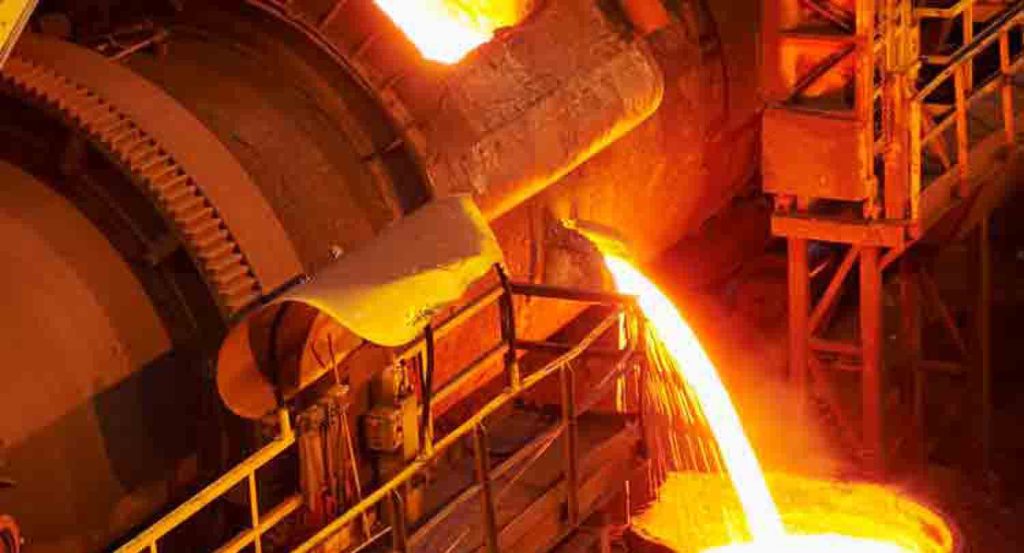
Applications of Alumina Bubble Brick
- Ultra high temp industries: petrochemical gasifiers (1800℃), metallurgical induction furnaces, and high temp aerospace components.
- High temp kiln furnaces: Insulation lining of industrial furnaces such as blast furnaces, hot blast furnaces, wave kilns, tunnel kilns, power plant boilers, etc.
- Special environments: highly corrosive chemical reactors and electronic ceramic sintering kilns.
Poly light-weight Alumina bricks are mainly used as insulation layer or heat insulation layer of industrial kiln furnaces, such as metal smelting furnaces, cement kilns, ceramic kilns, etc. They can reduce the weight of the furnace body, shorten the kiln time, reduce heat diffusion and save 30% electricity, ensure uniform furnace temperature. However, Poly light-weight Alumina bricks should avoid direct contact with slag or alkaline gas.
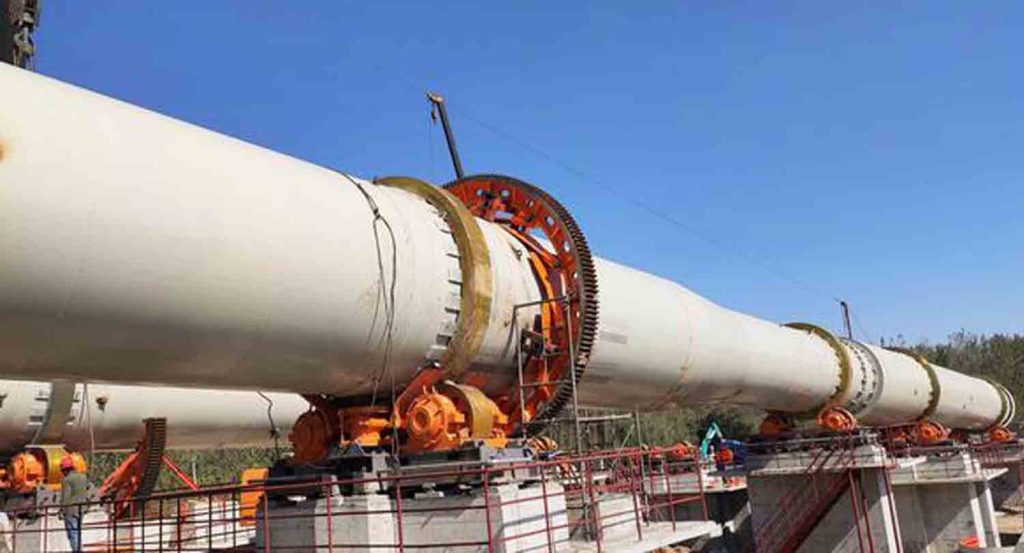
Usage Limitations and Selection Recommendations
Temperature Conditions: alumina bubble bricks are suitable for production environments exceeding 1500°C, while poly light-weight high-alumina bricks are suitable for temperatures between 1200°C and 1350°C.
Cost Control: For non-ultra-high-temperature applications, poly light-weight high-alumina bricks are preferred due to their superior thermal insulation and lower price.

